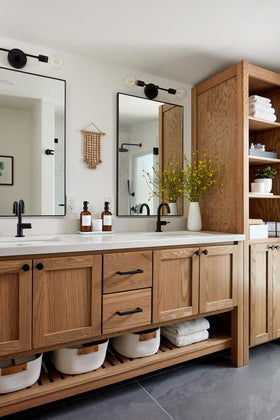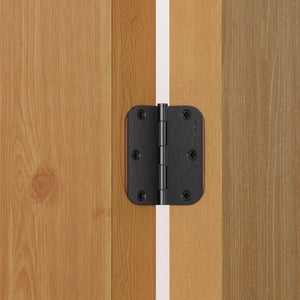Guides for You to Install a New Bathroom Faucet
Installing a bathroom faucet can be a straightforward DIY project if you follow these steps carefully. Here’s a detailed guide to help you through the process:
Tools and Materials Needed:
New faucet kit
Adjustable wrench
Basin wrench
Plumber’s tape (Teflon tape)
Bucket or bowl
Towels or rags
Plumber’s putty or silicone sealant
Safety glasses
Gloves
Steps to Install a Bathroom Faucet:
1. Turn Off the Water Supply:
Locate the shutoff valves under the sink. Turn them clockwise to shut off the water supply.
Open the faucet to release any remaining water in the lines.
2. Prepare the Area:
Place a bucket or bowl under the sink to catch any water that might spill.
Use towels or rags to protect the area and catch drips.
3. Remove the Old Faucet:
Disconnect the water supply lines from the faucet using an adjustable wrench.
If there are nuts securing the faucet to the sink, use a basin wrench to loosen and remove them.
Lift the old faucet out of the sink.
4. Clean the Sink Surface:
Remove any old plumber’s putty, sealant, or debris from the sink surface where the new faucet will be installed.
5. Install the New Faucet:
Apply plumber’s putty or silicone sealant around the base of the new faucet (refer to the manufacturer’s instructions).
Insert the faucet through the mounting holes in the sink.
Secure the faucet from underneath the sink with the mounting nuts provided in the faucet kit. Tighten them with a basin wrench, but avoid overtightening.
6. Connect the Water Supply Lines:
Wrap the threads of the faucet’s inlet pipes with plumber’s tape.
Attach the water supply lines to the faucet’s inlet pipes. Tighten the connections with an adjustable wrench. Ensure the hot water supply is connected to the left inlet and the cold water supply to the right inlet.
7. Install the Drain (if included):
Apply plumber’s putty around the underside of the drain flange.
Insert the drain body through the sink’s drain hole and secure it from below with the provided nuts and washers.
Attach the P-trap and other drain components as needed, ensuring all connections are tight.
8. Check for Leaks:
Turn the water supply valves back on slowly.
Check all connections for leaks. Tighten any loose connections if necessary.
Run the faucet to ensure it’s functioning properly.
9. Clean Up:
Wipe away any excess plumber’s putty or sealant from around the faucet and drain.
Ensure everything is secure and clean.
10. Test the faucet:
Run both hot and cold water to ensure the faucet works correctly and that there are no leaks.
For example, take this installation instruction for reference please.

If it's a digital bathroom faucet, please follow below instruction:


By following these steps, you should be able to successfully install your new bathroom faucet. If you encounter any issues or leaks that you can’t resolve, it may be best to consult a professional plumber for assistance.





